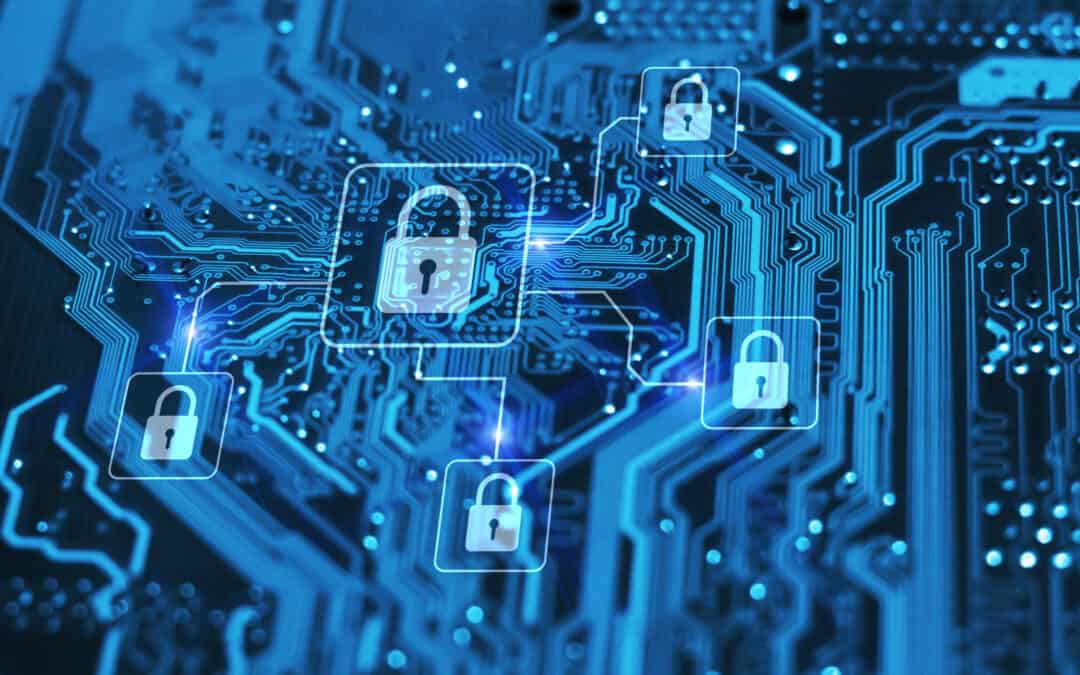Securing Enterprise Data And Facilities: Start With The Basics
Maintaining a high degree of security for field organizations is not just a nicety, it is an absolute necessity. In an era where bad actors can present themselves physically and digitally, and outcomes can be catastrophic, companies have no other choice but to pay meticulous attention to how they secure their people, property, and processes to best protect their assets. It isn’t just about putting up physical or virtual barriers. Careful thought should go into revisiting security protocols regularly and examining how fortified the business is to resist increasingly aggressive threats, whether assets are on-site or out in the field. With a thorough ongoing review process, an enterprise can ensure they are using the most up-to-date technologies and practices.
But before a formal review process takes place, there are some basic rules that every business should follow to make sure they have the most appropriate security tools in place.
Network Infrastructure
Since most modern, comprehensive security solutions increasingly rely on the careful analysis of real-time data to identify threats, enterprise networks—both wired, Wi-Fi, and private cellular—should have high bandwidth availability and low latency to support the fast collection and delivery of information. Legacy networks are often slower and more congested than brand-new infrastructure, which translates into significant lag times between data collection and threat notifications. The prudent move would be to reassess the viability and efficiency of the enterprise network—including access points and downlinks for field-based and mobile personnel, as well as routers and switches for fixed-line networks—to ensure they have the proper performance characteristics to support the new wave of security applications. A modern, reliable, and efficient infrastructure forms the backbone for top-tier security systems in mobile and field-based environments and should not be overlooked.
Video
Businesses that use video surveillance and monitoring technology should take a look at the system hardware and software they use. In many cases, it may be time to update the technology to more modern cameras.
These solutions are being used increasingly in the field. Mobile cameras that can range from a delivery driver’s phone to a camera mounted on a truck or helicopter to monitor large agricultural or industrial locations carry a significant burden. Organizations rely on these devices to capture images that can inform them of operational inefficiencies or problems, instances of criminal behavior, and as proof points that specific tasks were successfully achieved.
Unfortunately, it is common to see businesses use antiquated cameras to protect merchandise and corporate assets that may be valued in the tens of millions of dollars. Old cameras produce grainy images that are often undecipherable, and not at all reliable. Modern 4K cameras represent the latest technology and deliver an image that’s crystal clear. Many of the recent mobile phones also offer superior 4K technology, and the cost to upgrade in most cases is very reasonable. Invest in new security cameras for mobile and on-site surveillance. The improvement in image quality will be astounding.
Protocols And Processes
The way businesses manage their security applications also bears inspection, particularly when it pertains to staff protocols. One especially problematic issue revolves around passwords. A simple but important tool is to change passwords often, but not necessarily on a predictable basis. It does seem like a simple thing, but it’s one of the most overlooked aspects of security. Yes, users usually rebel against the perceived nuisance of constantly changing passwords, but it does mitigate hacking, especially as bad actors become increasingly brazen in their efforts to breach the firewall.
It’s also a good idea to implement two-step verification, especially with field-based personnel. While a private cellular network is generally more robust to ward off incidents of hacking, there are instances when malware can find its way to the mobile device. Requiring the user to re-authenticate themselves through face recognition or punching a six-digit code into the handset elevates the security of the device and the data it transports.
Conclusion
Protecting proprietary information has become far more challenging in recent years. Threats like cyberattacks and hacking are more aggressive and sophisticated, and of critical concern to data-heavy businesses, especially regulated industries.
Businesses need to prioritize their security processes and protocols, both physically and digitally. By following some simple steps, like ensuring that the on-premises and mobile network infrastructure is sound and updated, the software is up-to-date, and that the appropriate controls are put into place, a business can reduce the chance of a data breach or security lapse.

